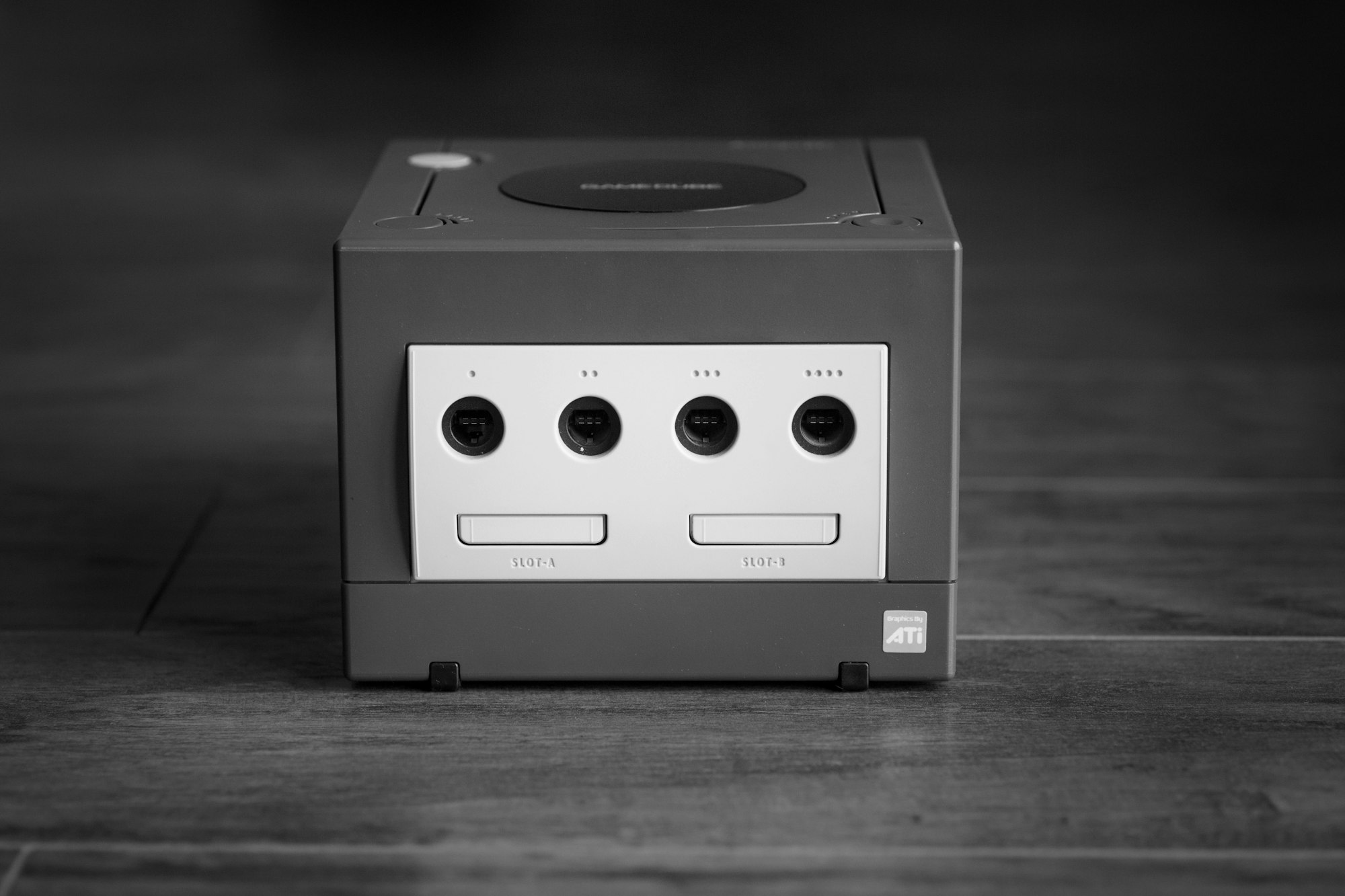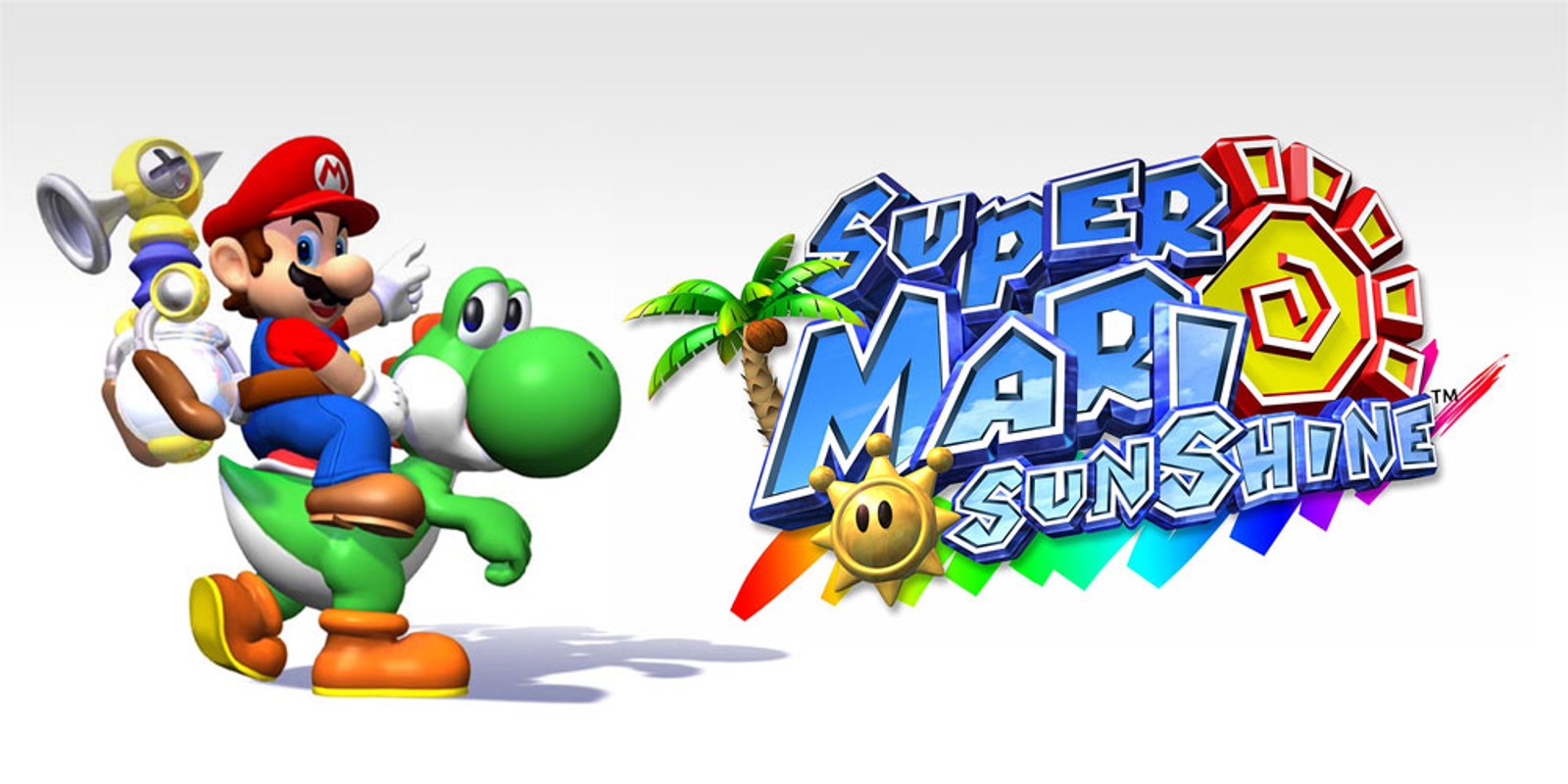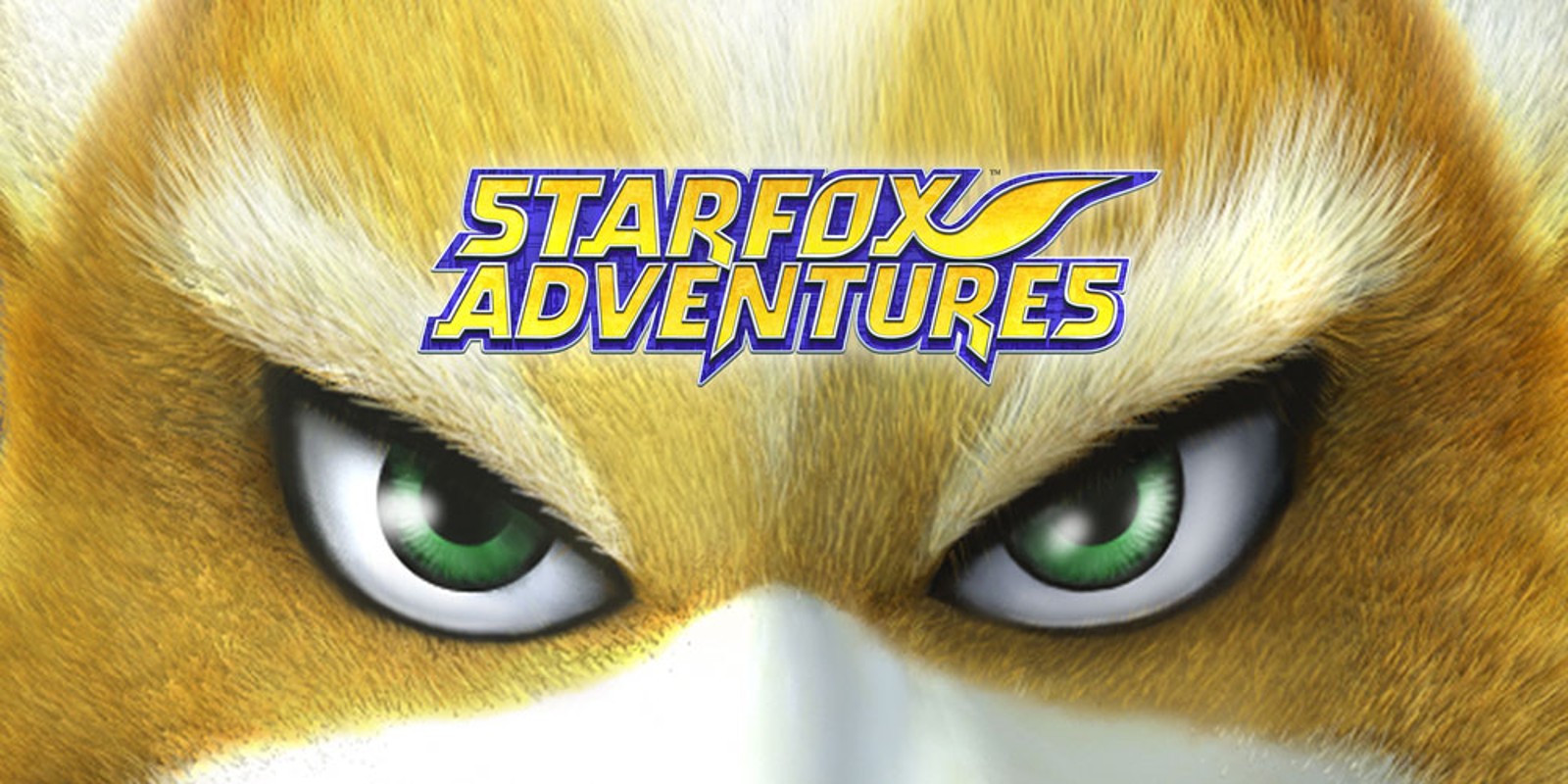GameCube Collecting is Healing My Inner Child
Exploring the world of retro game collecting in the age of digital loss

My memory is a little hazy when it comes to the launch of the GameCube. Among the key points, I do recall: I was nine or 10 years old at the time and I didn’t receive the console on launch day. Instead, I’d get my platinum GameCube months, if not a full year after its initial North American release in November 2001.
I remember getting mine as a bundle, albeit not an “official” bundle like the ones sold with Donkey Kong Jungle Beat or Metroid Prime. Instead, my system came from Sam’s Club packaged with Super Mario Sunshine. Unlike the normal bundles that came neatly shipped in a cardboard box, Sam’s Club’s bundles were encased in some of the most user-unfriendly plastic I’ve ever had the displeasure of dealing with.
In 2002, it was normal to unbox games in the car and read the manual on the ride home. I, unfortunately, remember being stuck staring squarely at the back of the box, which was secured behind at least two inches of clear plastic wrapping.
Despite my unceremonious introduction to the system, Nintendo’s GameCube was both a coveted and underrated piece of my gaming youth. Like the jungle green Nintendo 64 I received for Christmas before, the GameCube was a visually interesting piece of my young game library. Compared to the uninspired look of the Sega Genesis (I had versions two and three), the matte gray of Sony's PlayStation, or the flat white of the Sega Dreamcast, the GameCube oozed fun. It was symmetrical (sort of)! It had a handle! Its controllers had funky, kidney-shaped buttons! Even its games were visually endearing, appearing as bite-sized versions of the more teen-oriented PlayStation 2 or Xbox game discs.
In terms of the software itself, all of the creativity associated with Nintendo’s worlds was apparent on the GameCube, with entries like Super Mario Sunshine, Legend of Zelda: The Wind Waker, and Star Fox Adventures taking their respective series and introducing alternative takes on established formulas. All of the brightly colored worlds of the N64 returned, albeit with denser polygon counts, and more nuanced animation.
Remember the ways Link would emote at various points of Wind Waker? His big, almond-shaped eyes and wide, watermelon-shaped mouth added a level of expression and far more personality to that game's Link variant than the one who dodge-rolled around Hyrule on the N64.
Nintendo’s GameCube was both a coveted and underrated piece of my gaming youth.
Oh, what about Mario's overalls in Super Smash Bros. Melee? The series’ second installment brought nuance to the designs of its 26 characters, with touches like stitching along the seams of Mario's denim or Link’s cap reacting to the wind. And the venerable Kirby is rounder than ever on the GameCube, thanks to its millions of polygons rendered per second (compared to the N64’s some 600,000 polygons rendered per second).
Despite the GameCube bringing Nintendo’s most popular franchises to even greater heights, I was firmly a PlayStation 2 kid. As much as the early 2000s for me was a time to game, it was also a time when my interest in basketball (and sports more broadly) took off. Slowly, my gaming collection reflected as much, with titles like NBA Live, NBA Street, and NFL Quarterback Club taking precedence.
I would eventually return to playing an assortment of titles around 2009, a trend that was sent in motion by a trio of games I bought used at GameStop one summer: LA Noire, Final Fantasy XIII, and Sonic Unleashed. And with that widened scope, I realized that the GameCube, one of my most coveted systems, was also one of my smallest libraries. Throughout 2023 I set out to build my collection in something of an attempt to fill a missing hole in my childhood.
Rebuilding a collection
As one of Nintendo’s least successful systems — the GameCube sold just 21.74 million units compared to its successor, the Wii, selling 101.63 million consoles — building out my collection of GameCube games has been both a lesson in video game history and fiscal responsibility. Finding little nuances from titles like the Kirby Air Ride menu system directly influencing the look and feel of Smash Bros. Brawl’s menu is rewarding. Less so are the rising prices, a direct result of the (relatively) poor sales numbers of the GameCube causing limited supply of the now-coveted mini-DVDs.
Thus far, Wario World has been my most expensive acquisition, $84 for a boxed copy without a manual. The game is… fine. Unlike the side-scrolling Wario Land series that played with both 2D Mario and Metroidvania tropes, the GameCube counterpart plays like any generic collect-a-thon. Enemies designs are basic - one is quite literally a triceratops with a giant club - and Wario’s moveset could be haphazardly applied to nearly any protagonist in the genre.

By contrast, the $70 I spent for a complete copy of Billy Hatcher & the Giant Egg feels like a bargain considering how a similar game design — 3D sandbox collect-a-thon — can be implemented to create a more unique, egg-themed product.
But those games may be where I and my wallet tap out. At the higher ends of the GameCube collecting spectrum are titles like F-Zero GX, Fire Emblem: Path of Radiance, and Chibi-Robo, regularly marked upwards of $250. The pricing wouldn’t be a problem, at least in the case of Nintendo-published titles, if said publisher would re-release them, as it did with Super Mario Sunshine, Metroid Prime, or The Legend of Zelda: The Wind Waker. But currently, many of the conventionally held GameCube classics are hostages of aging hardware, which inevitably leads to a spike in pricing with every passing day.
Rising costs, wearing discs
Unfortunately, one of the accompanying caveats to collecting for this already expensive system is the issue of the preservation of physical media.
Largely understood to be a “kids system” I’ve found quality control to hamper collecting for the GameCube. Still trying to shake the stigma of video games as toys, it wasn’t uncommon for a child to store his GameCube games outside of their cases, in a multi-disc case. Or when the case was involved, discs could be shuffled around, the bottoms of the discs scuffed up beyond recognition.
As one of Nintendo’s least successful systems — the GameCube sold just 21.74 million units — building out my collection of GameCube games has been both a lesson in video game history and fiscal responsibility.
In the process of retro game stores trying to bring the games back to life, many wind up taking a spin through a disc resurfacer (evidenced by the residue often left around the inner ring of the disc). These machines can be hit or miss though, particularly with regards to making backups. In my own experience, backing up the discs I bought when I was a kid has worked flawlessly (I took really good care of my stuff). By contrast, a handful of the second-hand games I’ve purchased — Mario Kart: Double Dash!!, Kirby Air Ride, Shadow the Hedgehog — encounter disc read errors.
Even then, assuming you find a working disc, there’s no guarantee it’ll be accompanied by the case, original artwork, or the manual. For most kids, the real fun to be had was on the disc. What’s the point of keeping the case and instruction booklet?

Is it worth it?
Amid questions about game preservation, collecting for an exclusively physical console has renewed my commitment to the media. The Nintendo Switch almost pushed me to digital for sheer convenience — the tiny cartridges and relatively small file sizes all but scream out to be shuffled aside in favor of downloading games from the eShop, to be played from a sizable SD card.
More recently, the theoretical problems created by the MIG Switch, a system used for backing up and playing ripped cartridge games on unmodded Nintendo hardware, even further complicate physical games. The MIG Switch allows users to dump and copy not only the title data but also unique cartridge identifiers. Hypothetically, if a user buys a new copy of a game, rips it, and resells it, both cartridges could stand to cause either (or both) player’s systems to be banned by Nintendo.
Still, I can’t back away from physical games, especially as executives urge for an “adorably all-digital” future. Along with the qualms about preservation on a personal level, the changing tide of licensing agreements means the games players “own” from a storefront one day may be made inaccessible the next. And despite efforts to popularize means to back up legitimately purchased copies of games from the sixth generation and before, the ballooning size of titles beginning with the Xbox 360 era makes backing up tens, if not hundreds of gigabytes of game files largely inaccessible.
Collecting for the GameCube then, has been uniquely rewarding in that there's no other option. Barring hacks and emulation, there's no digital storefront to fall back to. In comparison to the Wii, the limited number of GameCube titles released (just 620 on GameCube to more than 2,500 on Wii) makes the thrill of finding one in a thrift or game shop a satisfying dopamine hit.
This past weekend, I came across another GameCube title for my small but mighty collection: Star Fox Adventures. I owned this game back when it came out in 2002 but foolishly sold it because the starting area gave me the creeps.
Purchasing it again 22 years later for $40 isn’t the best move according to PriceCharting.com; complete copies typically can be found online for around $24. But going to a used game store and physically pulling the game off the shelf like it’s 2002 all over again is both building my collection and keeping alive my inner kid.
